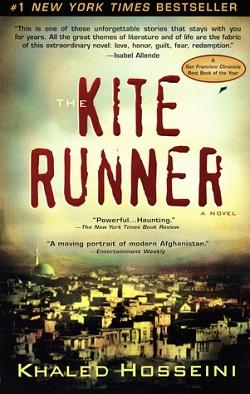34
Roussillon
“Why didn’t you simply tell me the truth from the beginning, Monsieur Allon?”
“I was afraid you would skip the pleasantries and go straight to the part about setting the dog on me.”
“Would you have really shot it?”
“Non,” replied Gabriel. “Mr. Reckless would have shot it for me.”
Françoise Vionnet eyed Christopher down her freshly lit Gitane, then nodded her head slowly in agreement. They had returned to the table in the rustic kitchen, though now it was a chilled bottle of Bandol rosé around which they were gathered.
“How much of the original story was true?” asked Gabriel.
“Most of it.”
“Where did the fiction begin?”
“Chloé doesn’t spend the winter in Chamonix.”
“Where does she go?”
“Saint-Barthélemy.”
“Does she work there?”
“Chloé?” She made a face. “Not a day in her life. We have a villa in Lorient.”
“Lucien must have painted a lot of twenty-five-euro copies to afford a place like that.”
“He never stopped painting them, you know. He needed some form of legitimate income.”
“When did the fakes start?”
“A couple of years after Chloé and I moved in.”
“It was your idea?”
“More or less.”
“Which is it?”
“It was obvious that Lucien’s copies were very good,” she answered. “One day I asked him whether he thought he could fool anyone. A week later he showed me his first forgery. A reworking ofPlace du villageby the French Cubist Georges Valmier.”
“What did you do with it?”
She took it to Paris and hung it on the wall of a friend’s chic apartment in the Sixth. Then she rang one of the auction houses—which one, she refused to say—and the auction house sent over a so-called expert to have a look at it. The expert asked a couple of questions about the painting’s provenance, declared it authentic, and gave Françoise forty thousand euros. She gave two thousand to her chic friend from Paris and the rest to Lucien. They used part of the money to enlarge the villa’s swimming pool and renovate the little outbuilding that Lucien used as his atelier. The rest they deposited in a bank account at Credit Suisse in Geneva.
“As for the reworking ofPlace du villageby Georges Valmier, it recently sold for nine hundred thousand dollars at auction in New York. Which means the auction house made more in fees and commissions than Lucien was paid for his original painting. Who is the criminal, Monsieur Allon? Did the auction housereallynot realize that it was selling a fake? How is this possible?”
She sold several more forgeries to the same Paris auction house—all lesser-known Cubists and Surrealists, all for five figures—and inthe winter of 2004 she sold a Matisse to Galerie Edmond Toussaint. The dealer purchased a second Matisse from Françoise a few months later, followed in short order by a Gauguin, a Monet, and a Cézanne landscape of Mont Sainte-Victoire. It was then that Toussaint informed Françoise that all five of the paintings she had brought him were forgeries.
“Which is why he had purchased them in the first place,” said Gabriel.
“Oui. Monsieur Toussaint wanted an exclusive arrangement. No more independent sales through the Paris auction houses or other dealers. He said it was far too risky. He promised to take very good care of Lucien financially.”
“Did he?”















